Things do not always work out as planned at the modern breakdown. With the quicker ruck resolutions encouraged by the new guidelines back in 2021 https://www.youtube.com/watch?v=PPS9Z5hzPPw , you need to expect the unexpected, and work out ways to rescue-and-reclaim losing situations at the ruck.
The notion of a double or second effort underlined by Laurie Fisher – Breakdown – Attack at the tail-end of his excellent series can help when structure dissolves into chaos. The Blues have recently been crowned the 2024 Super Rugby Pacific champions, and they were the best breakdown exponents in the competition; the only club to set more than 100 rucks per game 106, with the highest ratio of lightning quick ball [65%].
When they played an opponent with outstanding breakdown defence in the semi-final [the Brumbies] in the rain at Eden Park, the Blues had to be prepared to rescue-and-reclaim a significant proportion of their own ruck ball.
The game began with a 14-phase scoring sequence by the Blues, in which they had to make two vital ‘saves’:
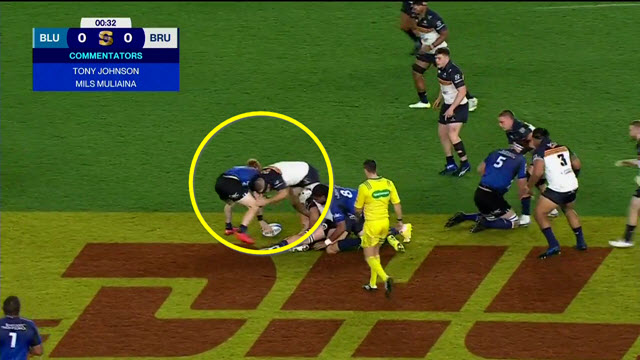
The Brumbies second man [prop Rhys Van Nek] has beaten his opponent [Blues #8 Hoskins Sotutu] and is free to harass #9 Finlay Christie at the base. What saves the situation is a smart second effort by Sotutu, and quick hands between the big #8, Ofa Tu’ungafasi and Akira Ioane. After Ioane’s run the Blues are back on the front foot.

The snapshot represents another critical moment. The second cleanout [wing Mark Telea] has become separated from the ball-carrier, and he is under immediate threat from a much bigger defender [Van Nek]. Three instant transfers of ball from the base, between 9 and 8, 8 and 4, and finally 4 and 3 rescue the situation. The mini-sequence ends with attacking momentum restored.
Summary
There are times when breakdown cohesion is lost, and even the best attacking practitioners have to go back and make a second effort to win the ball. That is when a clear plan to rescue-and-reclaim, and apply a bit of not-so-gentle R & R is needed.



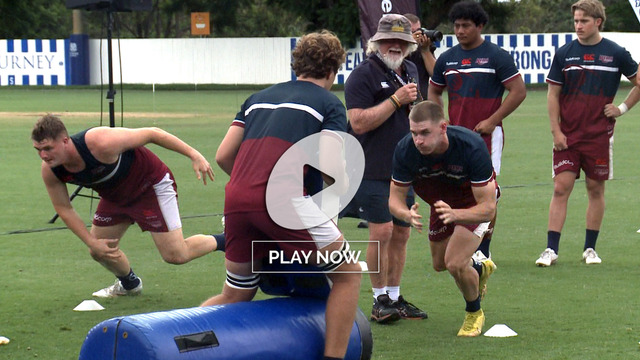
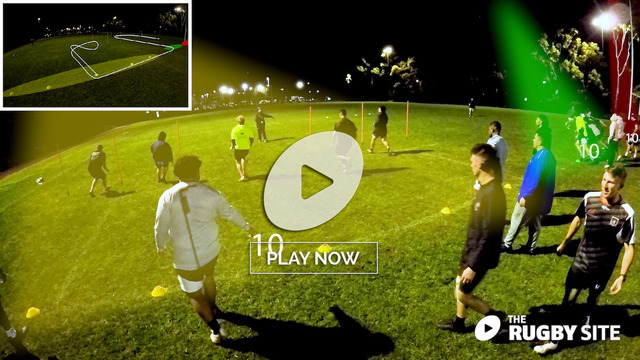

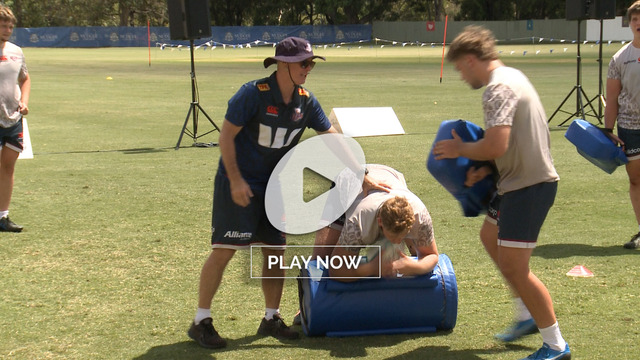
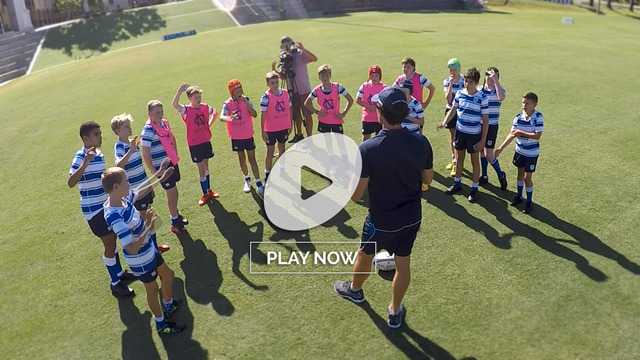



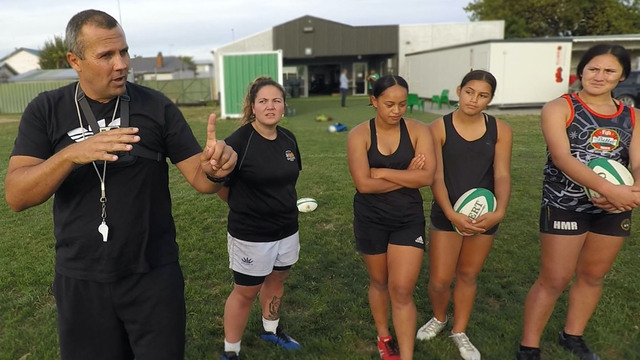

.jpg)
.jpg)
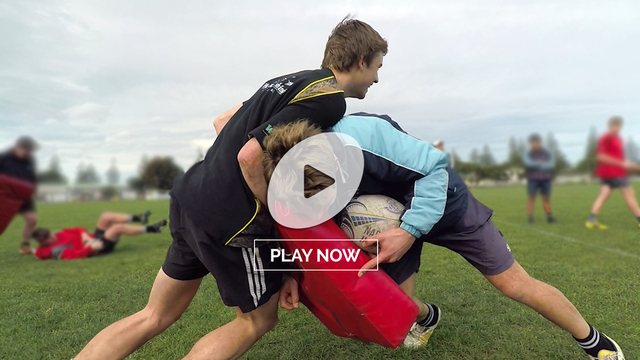
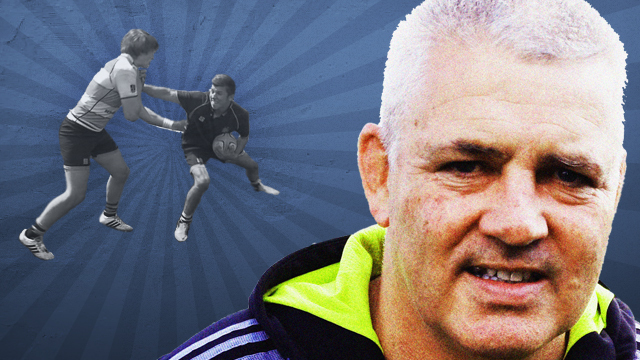
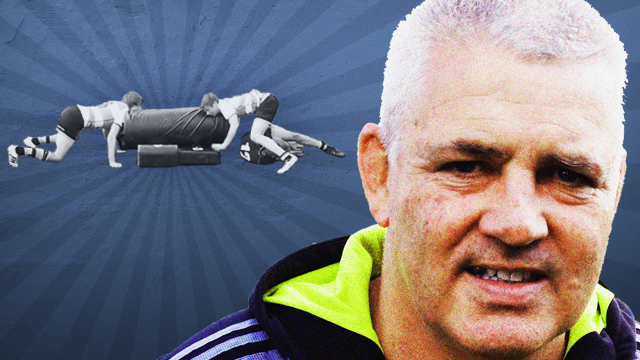
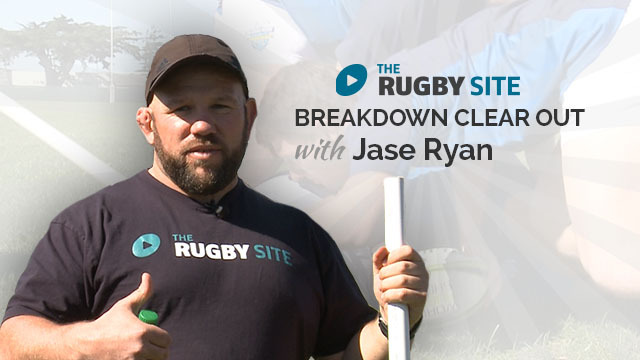

_no_button.jpg)

